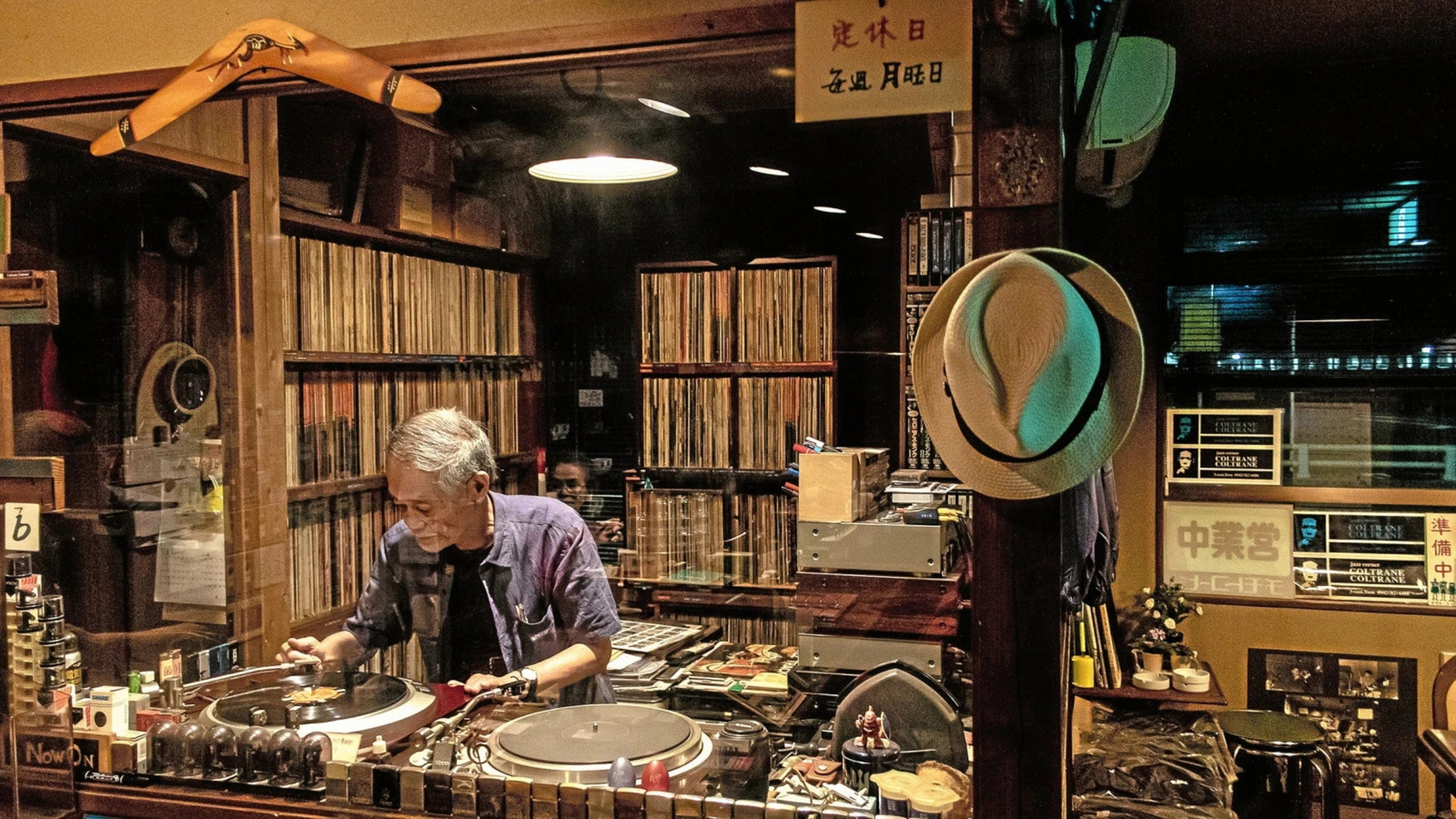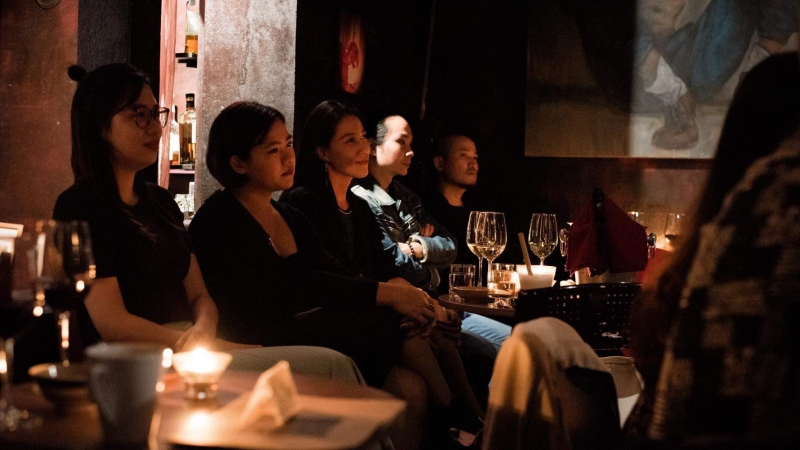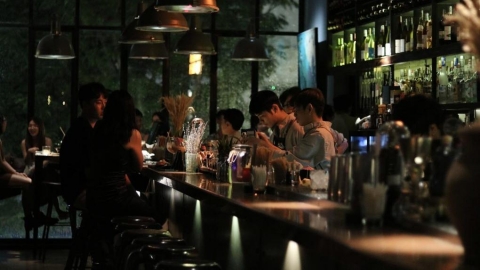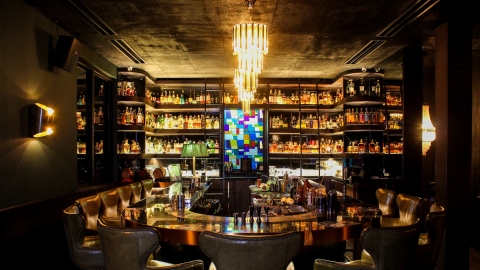Japanese-style music bars may be the hottest new trend in American bar culture right now, but their high-end sound systems and sophisticated aesthetics stem from a much more humble model:Jazz kissaJapan, a no-frills, no-frills bar that serves cheap drinks and a treasure trove of music on hard drives handpicked by the owner. Think of it like a beloved neighborhood pub with a huge collection of vinyl records and jazz CDs.

Jazz Collection on Vinyl
While Jazz kissa may have been the origin of the aforementioned trend, the model is slowly disappearing in its home country of Japan due to an aging customer base, rising business costs, changing tastes in popular music, and the growing threat of urbanization.
Celebrating the unique space and long history of Jazz kissa, author James Catchpole and photographer Philip Arneill collaborated to produce Tokyo Jazz Joints, an emotional photo series of decades-old Jazz kissa, scattered throughout the neighborhoods of the Japanese capital.

Browny, Fukuoka
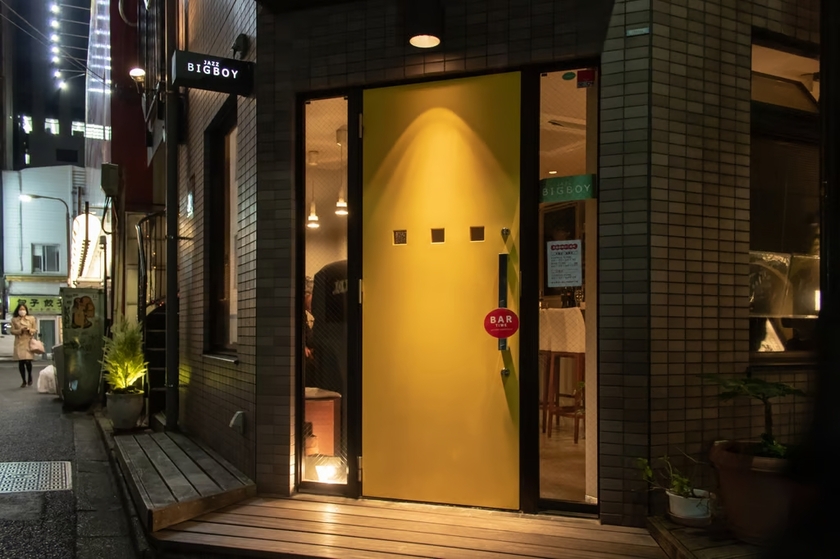
Big Boy, Chiyoda-ku, Tokyo
“Jazz kissa” is a shortened form of the Japanese word “kissaten,” which means “teahouse.” The jazz kissa culture began in Tokyo after World War II and reached its peak in the 1960s and 1970s. Teahouses at the time served as a place for the community to enjoy high-quality music together, when buying records was still too expensive for many people. As Arneill’s photos show, these jazz kissa were filled with classic records, photos of music legends like Miles Davis and John Coltrane, and other memorabilia.
"There's a lot of love in Japanese jazz bars: the love for music; the sound system; the record collection; the alcohol; the gatherings; the shared interests between customers, owners... and the people," Arneill shares.

Billie's Bar, Chiba
Tokyo Jazz Joints is a collection of photographs of Japanese jazz bars and cafes, capturing the unique beauty of these small, intimate spaces. The project was a collaboration between Northern Ireland-based photographer Philip Arneill and American author James Catchpole, both of whom have spent time in Japan. The 168-page, hardcover book includes 129 color photographs.
The project began in 2015 by documenting the Jazz Kissa in Tokyo, and has since expanded across Japan. The book describes quiet spaces for listening to jazz, where time seems to stand still, away from the hustle and bustle of modern cities. These spaces are slowly disappearing due to changing musical tastes, aging customers, and urbanization. The book aims to preserve the character of these places before they disappear forever.

Nostalgic sound system at Jazz kissas
Tokyo Jazz Jointscaptured over the course of eight years, continuing from a podcast and magazine of the same name. In a podcast episode titledAn Irishman and an American Walk into A Jazz Joint(An Irishman and an American walk into a Jazz Bar), Arneill describes the photographs of the space as "intensely personal and passionate tributes to a genre that is deeply ingrained in modern Japanese musical culture."
"The project captures the essence of these hidden gems, from incredibly narrow staircases to cramped spaces reeking of years of cigarette smoke – all decorated with memorabilia and vinyl records."
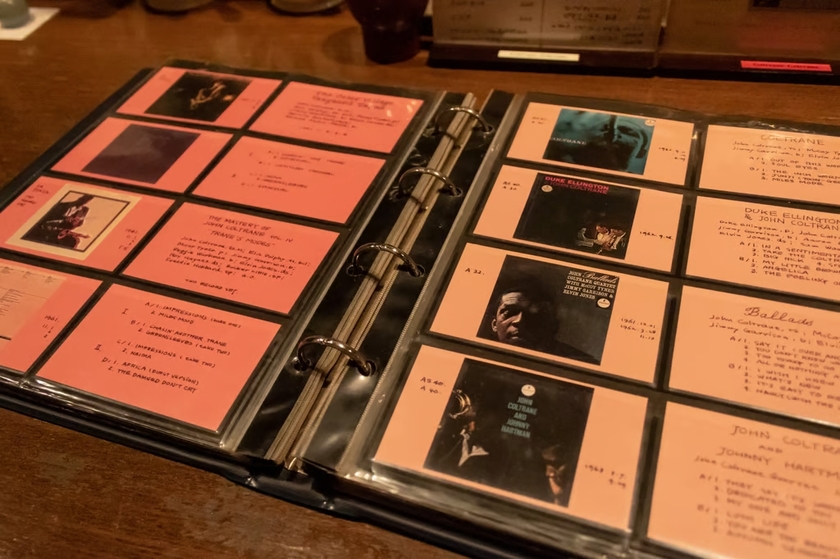
Discography at Coltrane Coltrane, Tosu
The book's first limited edition quickly sold out earlier this year, but you can still buy the second edition ofTokyo Jazz Jointsfor $85 on Amazon. Visit the Tokyo Jazz Joints website for more information on the project.






